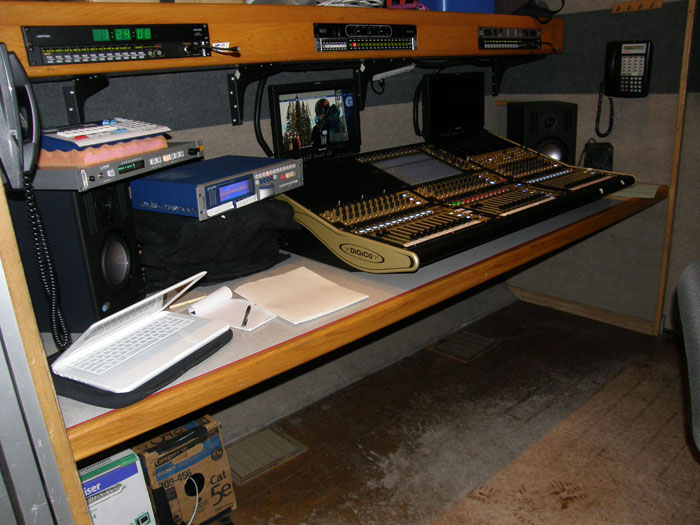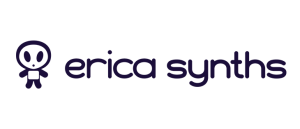The annually produced Winter X Games in Aspen, Colorado USA is one of the largest single broadcast events that ESPN does in a year. This season’s X Games edition – its fifteenth – was the first broadcast in discrete 5.1 surround sound, and made the historic journey to be the first to be transmitted in live 3D video.
The Winter X Games sports a variety of sonic landscapes, including the outdoor Moto-X motorcross venue, where the challenge of efficiently capturing the track’s sound effects is the job of ESPN senior audio mixer, Denis Ryan. In terms of capturing sound similarities, the Moto-X venue is probably closest to that of the NASCAR track (where Ryan has mixed for many years since 1991). For the 2011 competition, Ryan mixed the Moto-X track effects on a DiGiCo SD8 digital workstation – a test unit as they await the new broadcast consoles from DiGiCo. This was used in conjunction with Blue Sky’s 5.1 monitoring system. The challenge was to properly mic up a motorcross racetrack event whilst capturing the atmosphere of the live event to mimic what one would hear if they were right there in the large arena.

Above: Dennis Ryan with the DiGiCo SD8
For many years, Ryan’s had the pleasure of mixing on Blue Sky monitors for many ESPN-broadcast events, starting out using the first NEP-built NASCAR truck four years ago.
“The Blue Sky’s are very warm and pleasing sounding monitors. They’re not harsh on the ears, which is great because sometimes we’ll be working 5-6 hours straight on a race. Various speakers in the market produce ear-fatigue after only a few hours. That doesn’t happen with the Blue Sky’s. Also, now that we’ve finally gotten into doing true discreet 5.1 mixes, the Blue Sky bass management controller works really well in the control room, where you still get the nice big full sound in a compact speaker–which is key in the small space of a remote truck.”
Ryan’s maiden voyage on the DiGiCo SD8 console was nothing short of impressive. With its Stealth Digital Processing, the SD8 has proven to be a powerful and flexible system for most live audio applications.

“I’d seen these consoles at concerts, but I’d never had the chance to work on one before. There are a lot of inputs in a small footprint, and it has a lot of the same processing power found in the much larger Calrec console. I found the SD8 was very easy to learn and easy to operate.”
Many features of the SD8 were well suited to Ryan working in the broadcast environment. “I liked the touch screen feature and being able to pull up anything like the EQ section, and see it on the display. In this fast-paced environment, having access to many channels at a glance that can be accessed quickly was helpful. I found the routing was very easy, too. We were using a large MADI Nexus routing system on this gig that connected all of the primary, submix and international consoles, and this console’s perfect for that kind of situation. Not to mention, the dynamics and EQ section sounded great.”
“There’s a generation of smaller, one-truck companies that want to get into a digital console like this, but there’s nothing on the market that can touch the SD8 for the sound, the processing power, the inputs — in a nice compact footprint and in this price range.”













































